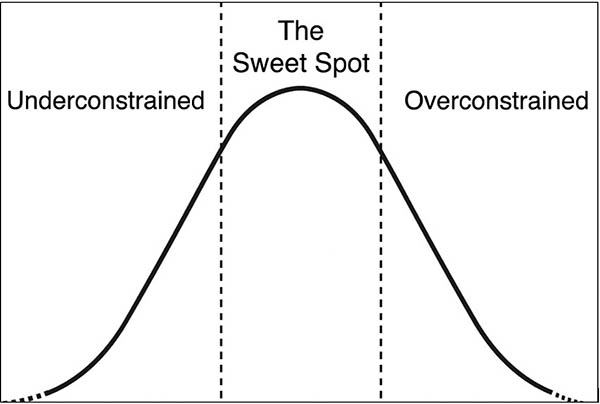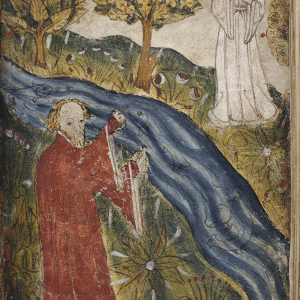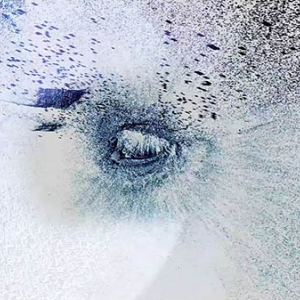
The Creative Potential of Evolving Constraints in Peer-to-Peer Reciprocal Coaching: A Three-way Investigation
This exposition reports and assesses the experience of the project ‘The Creative Potential of Evolving Constraints in Peer-to-Peer Reciprocal Coaching: A Three-way Investigation’ (hereafter 3WI), funded by the Interacting Minds Centre, Aarhus University. 3WI was designed to gauge the utility of evolving creativity constraints — that is, deliberately adopted restrictions (whether self-imposed or suggested by another) to choices in a given creative project — in the development of projects by the three participants: a dance artist and filmmaker, a songwriter, and an academic video-essayist.
The format of 3WI was as follows. At monthly meetings from September to December 2021, each participant presented work in progress and exchanged feedback with the other two participants. Each meeting culminated in the setting of tasks and constraints designed to guide the development of individual projects over the subsequent month.
After an introduction to the format and aims of 3WI, the exposition begins with a description of 3WI’s procedural and theoretical coordinates: the Critical Response Process, a formalised protocol for eliciting feedback on creative projects developed by choreographer Liz Lerman; The Five Obstructions (Lars Von Trier and Jørgen Leth, 2003), a film which models the provision of creativity constraints; and theory and scholarship concerning the utility of creativity constraints. The exposition continues with a description of the projects being developed by each participant (a dance performance and dance film; two songs; two sections of an academic videoessay), and an individual and illustrated account of the feedback meetings and development of those projects over the course of 3WI. These accounts are followed by a discussion reflecting on setting and receiving constraints, and an assessment of the experience of the project. We conclude with some contemplation of the ethics of constraint-setting and the lessons of the 3WI experience for other makers.
Constraint-based procedures are commonly employed and recognised as generative in artistic and design contexts, and they are also used in experimental academic work. 3WI was an attempt to test the utility of constraint-setting as a form of formative peer-to-peer feedback in the development of real creative projects. This exposition will be of interest to artists and academics interested in deploying creativity constraints for the development of creative and creative-critical projects. It will be particularly relevant for those who work in collaborative and interdisciplinary contexts.



